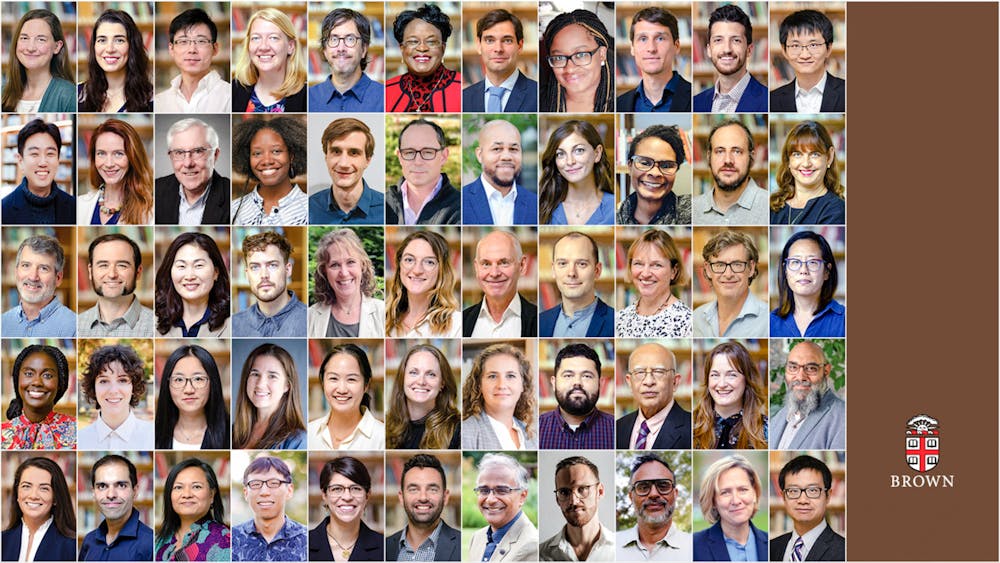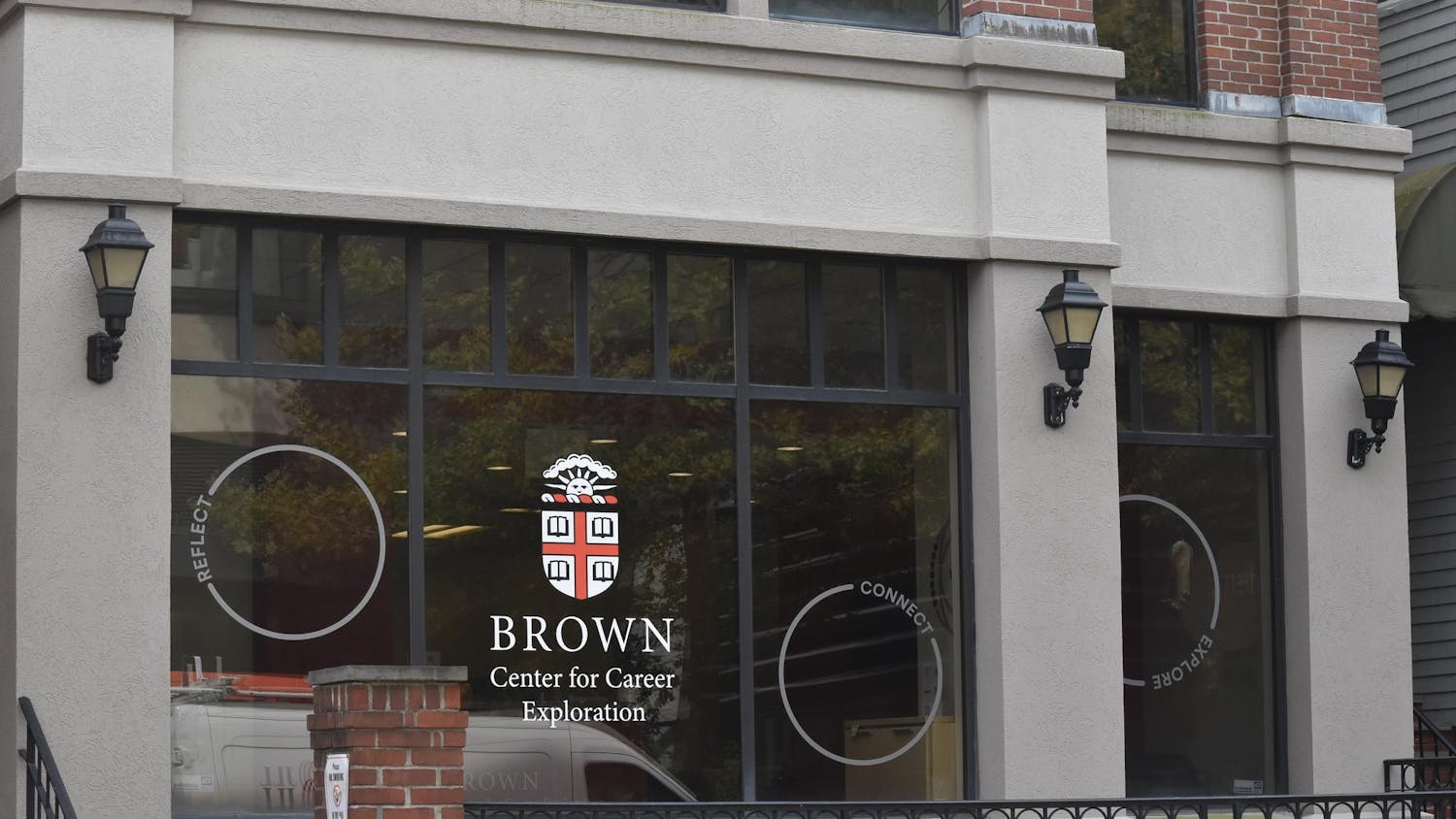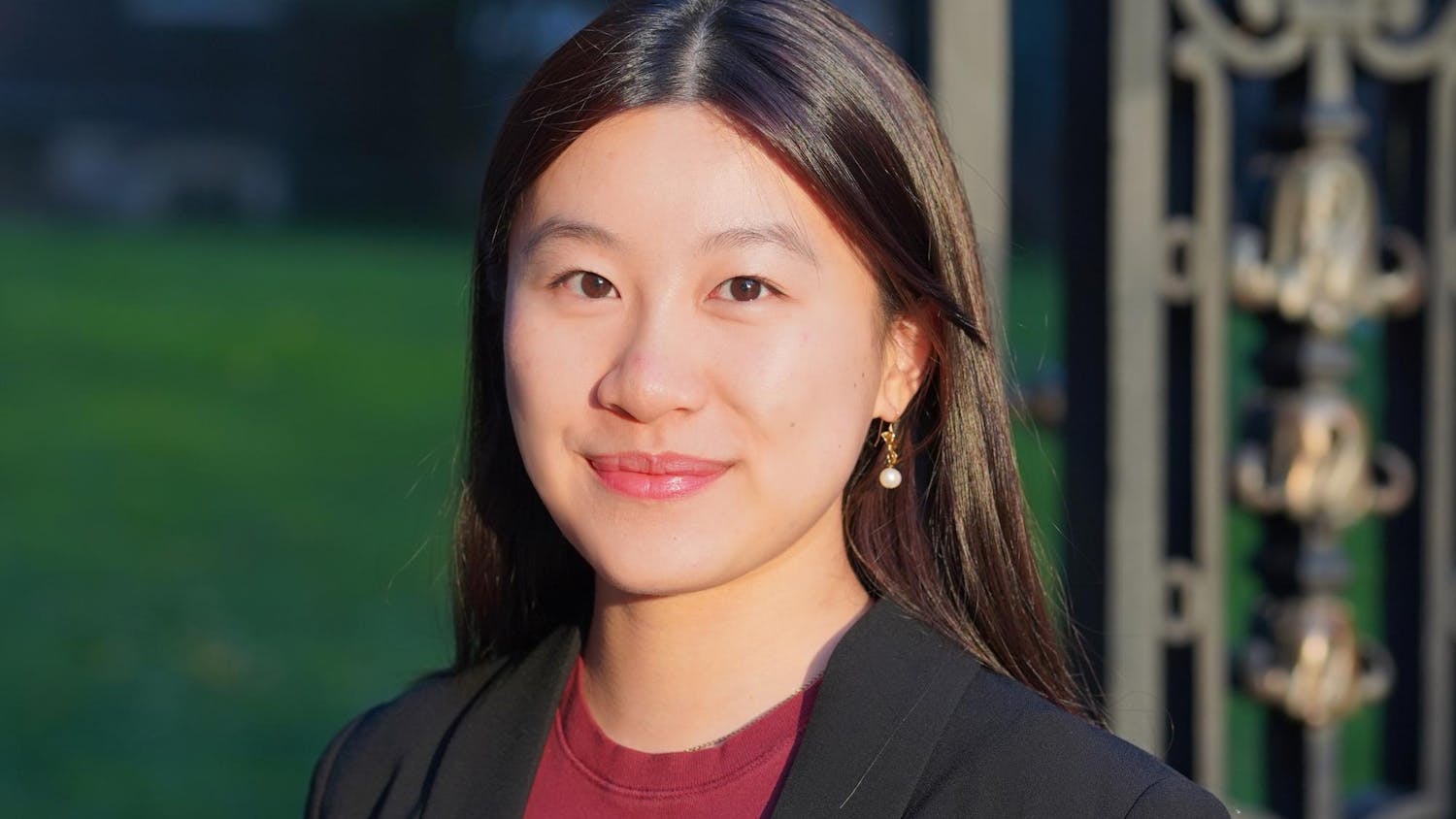The University announced that 62 additional faculty were hired for the 2022-23 school year, 30% of which are members of historically underrepresented groups in higher education, according to a Sept. 6 press release. With these new hires, the University has “just about” met its goal of doubling its number of HUG faculty between 2016 and 2022, Provost Richard Locke P’18 wrote in an email to The Herald.
The release attributed the high percentage of new faculty hired from historically underrepresented groups to “strategic investments” in the University’s Diversity and Inclusion Action Plan, which “are helping to ensure that faculty represent the varied backgrounds, perspectives and experiences critical to advancing knowledge, learning and discovery.”
According to the University's website, the DIAP is a “comprehensive strategic plan to create and sustain the diverse and inclusive community necessary for the advancement of knowledge, learning and discovery.” The DIAP was released in February 2016 and outlined a plan to double the number of faculty from historically underrepresented groups by 2022, The Herald previously reported.
Joel Revill, senior associate dean of the faculty, wrote in an email to The Herald that the group of 62 new faculty “is made up of various ranks” and was hired throughout the year.
Sylvia Carey-Butler, vice president for institutional equity and diversity, said that the University’s progress on this goal “speaks to not only the commitment of the institution,” but also to the efforts of the requisite academic departments.
Locke explained that the University has used various strategies to meet this goal, but “in all searches, there has been consistent attention to diversity and inclusion.”
The search committees are trained in diversity, equity and inclusion, and “cluster hires in the arts, sciences, social sciences and specific fields like Black diaspora in English and Am(erican) Studies have paid significant dividends as well,” he wrote. Cluster hiring is when institutions advertise and fill multiple positions at the same time and has been used to increase faculty diversity.
Revill added that cluster hiring is useful because “we will be able to attract the strongest scholars if they know that they will have an exciting network of collaborators to work with at Brown.”
The Presidential Postdoctoral Fellowship and Andrew W. Mellon Gateway Fellowships have also brought many “exceptional young faculty to Brown and into tenure track lines,” Locke wrote.
Locke added that the hiring of new faculty is a year-round process. The job market usually opens in the fall and closes in May, but the process can take multiple years for high-profile senior hires, he added.
“Brown has invested in identifying and tracking promising candidates before they are on the job market,” Locke added. “We have an associate provost and an associate dean who work to identify candidates, promote Brown to them as an exceptional place to pursue their scholarship and generate excitement about them on campus.” For these candidates, the process might also take several years.
“There is a diversity representative that's on every search committee,” Carey-Butler said. The Office of Institutional Equity and Diversity reviews all hiring advertisements as well as the faculty short lists and long lists, she added, but most academic and administrative departments also have their own DIAP committees.
“We also have a Guide to Diversifying Faculty Searches, and I can tell you that it is something that's utilized on a regular basis across the University,” she said.
A part of the guide advises University departments to work “very closely with (University Human Resources), ensuring that we are advertising in diverse publications as well as utilizing local agencies so that we're ensuring that we're recruiting both nationally and locally,” Carey-Butler said.
Most hiring decisions are made at the departmental level, “so we need to have broad buy-in from the faculty, which I think we have,” Revill wrote.
The University also loans faculty positions to departments in order to enable extra hiring if needed, Revill added. For example, he wrote, a search may find two qualified candidates who would increase a department’s diversity, so the University will allow the department to hire both.
Along with diversity, the University is “committed to resisting the trend toward adjunct teaching that is pervasive among American universities,” Locke wrote. “To maintain the excellence of our teaching, we need to hire tenured and tenure track faculty to fill areas of need.”
The University also works to grow departments that have a high demand from students, Revill wrote. “Last year, for example, we hired five new faculty in computer science and two new environmental studies lecturers, largely to meet curricular demands,” he added.
Moving forward, Locke wrote that the University “will continue with (its) push to hire a diverse faculty.”





